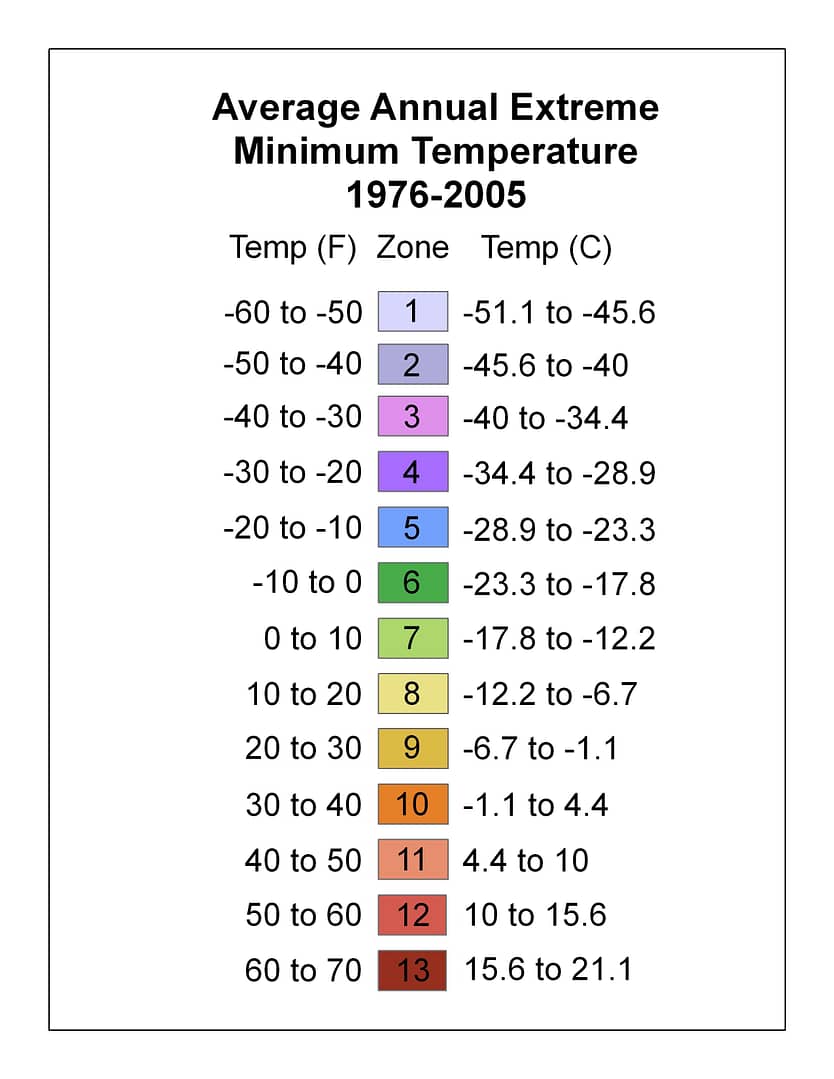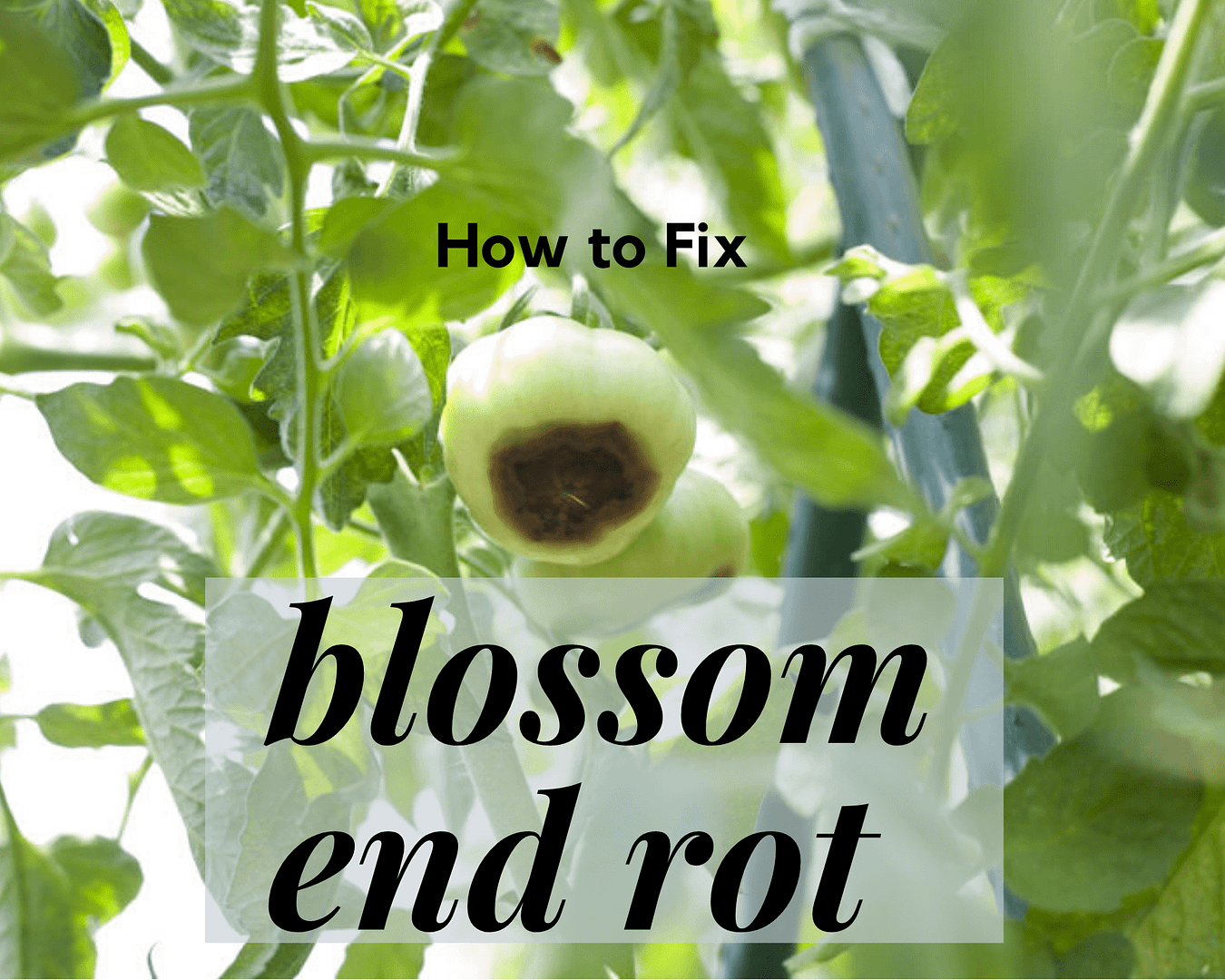This post may contain affiliate links. As an Amazon Associate we earn from qualifying purchases.
We’ve been getting a lot of questions regarding the new 2012 USDA Plant Hardiness Zone Map (This post has been updated in December 2018. The 2012 map is the most recent.). Actually, the questions seem to typically involve everybody’s confusion over whether the zones they see quoted for certain plants online are from the new map or the old.
Since it is highly unlikely that all site owners will update all their listings, the easiest way to determine which new zone your particular plant falls in is to use the lowest temperature suggested for it. Either that or navigate to our handy growing zone finder (just enter your ZIP Code).
If you’d rather use your area’s lowest winter temperature as a guide, we’ve included a list.
For example, if a plant is hardy to 10 degrees F., according to the chart below, it should be grown in zones 8 and higher. While the USDA’s chart is much prettier than ours, it also only lists the zones in 10 degree units. Ours breaks it down further, into the “a” and “b” of each zone.
Zone 1a: -60 to -55 F
Zone 1b: -55 to -50 F
Zone 2a: -50 to -45 F
Zone 2b: -45 to -40 F
Zone 3a: -40 to -35 F
Zone 3b: -35 to -30 F
Zone 4a: -30 to -25 F
Zone 4b: -25 to -20 F
Zone 5a: -20 to -15 F
Zone 5b: -15 to -10 F
Zone 6a: -10 to -5 F
Zone 6b: -5 F to 0
Zone 7a: 0 to 5 F
Zone 7b: 5 to 10 F
Zone 8a: 10 to 15 F
Zone 8b: 15 to 20 F
Zone 9a: 20 to 25 F
Zone 9b: 25 to 30 F
Zone 10a: 30 to 35 F
Zone 10b: 35 to 40 F
Zone 11a: 40 to 45 F
Zone 11b: 45 to 50 F
Zone 12a: 50 to 55 F
Zone 12b: 55 to 60 F
Zone 13a: 60 to 65 F
Zone 13b: 65 to 70 F



